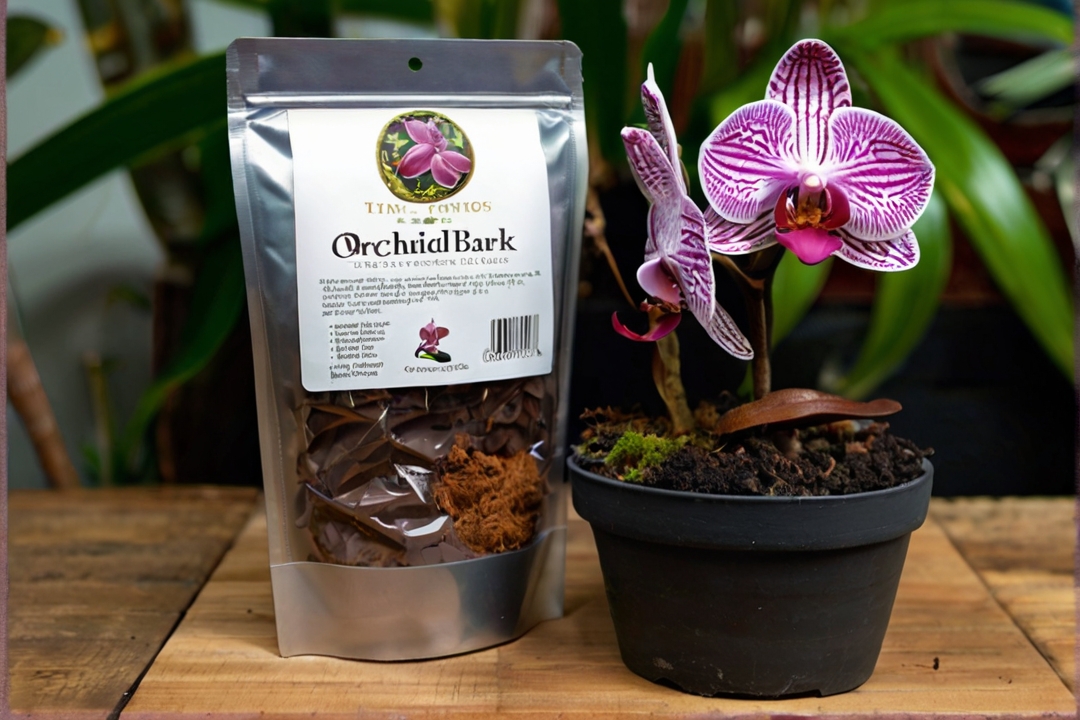Orchids are known for their stunning beauty and delicate nature. They require specific care and attention to thrive, and one crucial aspect of their care is fertilization. Orchid fertilizers play a vital role in providing the necessary nutrients for the health and growth of these plants. In this article, we will explore the different types of orchid fertilizers, the nutrient requirements of orchids, the best fertilizers for orchids, choosing the proper NPK ratio, feeding orchids for optimal health, dos and don’ts during the growing season, boosting flower production, common mistakes to avoid, and tips for successful orchid fertilization.
Table of Contents
Types of Orchid Fertilizers: Organic vs. Inorganic
Regarding orchid fertilizers, there are two main types: organic and inorganic. Organic fertilizers are derived from natural sources such as compost, manure, bone meal, and fish emulsion. They release nutrients slowly over time and improve soil structure. In contrast, inorganic fertilizers are synthetic and made from chemical compounds. They provide nutrients in a readily available form and are quickly absorbed by plants.
Both organic and inorganic fertilizers have their pros and cons. Organic fertilizers are environmentally friendly, improve soil fertility, and promote beneficial microbial activity. However, they may take longer to break down and release nutrients, and their nutrient content can vary. Inorganic fertilizers, on the other hand, provide precise nutrient ratios and are quickly absorbed by plants. However, they can harm the environment if not used correctly and may lead to nutrient imbalances in the soil.
When it comes to orchids, both organic and inorganic fertilizers can be used successfully. However, many orchid enthusiasts prefer inorganic fertilizers due to their precise nutrient ratios and quick plant absorption. Inorganic fertilizers formulated explicitly for orchids often contain a balanced ratio of nitrogen (N), phosphorus (P), and potassium (K), as well as other essential micronutrients.
Nutrient Requirements of Orchids: What Your Plants Need to Thrive
Orchids have specific nutrient requirements that must be met to grow and thrive. The essential nutrients for orchids include nitrogen (N), phosphorus (P), potassium (K), calcium (Ca), magnesium (Mg), sulfur (S), iron (Fe), manganese (Mn), zinc (Zn), copper (Cu), boron (B), and molybdenum (Mo).
Nitrogen is essential for leaf and stem growth, phosphorus promotes root development and flower production, and potassium enhances plant health and disease resistance. Calcium is necessary for cell wall structure, magnesium is involved in chlorophyll production, and sulfur is essential for protein synthesis. Iron, manganese, zinc, copper, boron, and molybdenum are micronutrients required in smaller quantities but are still crucial for the plant’s health.
Each nutrient plays a specific role in the growth and development of orchids. For example, nitrogen is necessary for producing chlorophyll, which is responsible for the green color of leaves. Phosphorus is involved in energy transfer within the plant, while potassium regulates water uptake and transpiration. Calcium strengthens cell walls and prevents diseases, while magnesium is a component of chlorophyll. Sulfur aids in forming proteins, and micronutrients such as iron, manganese, zinc, copper, boron, and molybdenum are involved in various enzymatic reactions within the plant.
The Best Fertilizer for Orchids: Top Picks for Healthy Growth
When choosing the best fertilizer for orchids, several top picks have proven effective in promoting healthy growth. These fertilizers are specifically formulated for orchids and provide nutrients in the correct ratios.
20-20-20 Fertilizers

One popular choice is a balanced orchid fertilizer with an NPK ratio of 20-20-20. This fertilizer provides equal amounts of nitrogen, phosphorus, and potassium, essential for overall plant health and growth. It also contains micronutrients such as iron, manganese, zinc, copper, boron, and molybdenum to meet all nutrient requirements.
Bloom Booster Fertilizers
Another excellent option is a bloom booster fertilizer with a higher phosphorus content. This type of fertilizer is specifically designed to promote flower production in orchids. It has an NPK ratio of 10-30-20 or similar, with a higher phosphorus content to stimulate blooming. This fertilizer should be used during the flowering season to maximize flower production.
Slow Release Fertilizers
Additionally, slow-release fertilizers are also a popular choice for orchids. These fertilizers release nutrients gradually over time, providing a steady supply to the plants. Slow-release fertilizers can be applied less frequently than liquid fertilizers, making them convenient for busy gardeners.
Best Way to Fertilize Your Orchids: Dos and Don’ts
Feeding orchids with the best plant food is essential for their optimal health and growth. Here are some tips on how to provide orchids effectively:
1. Use a balanced orchid fertilizer: As mentioned earlier, a balanced orchid fertilizer with an NPK ratio of 20-20-20 or similar is recommended for overall plant health and growth. This type of fertilizer provides all the necessary nutrients in the correct ratios.
2. Follow the instructions: Always read and follow the instructions provided by the manufacturer when using fertilizers. Different fertilizers may have different application rates and frequencies, so it is essential to use them as directed.
3. Dilute liquid fertilizers: If using liquid fertilizers, it is important to dilute them according to the instructions. Concentrated fertilizers can burn the roots of orchids if applied at full strength.
4. Apply fertilizers during active growth: Orchids should be fertilized during their busy growth period, typically in spring and summer. Avoid fertilizing during dormancy periods or when the plants are not actively growing.
5. Water before fertilizing: It is recommended to water orchids thoroughly before applying fertilizer. This helps prevent root burn and ensures that the nutrients are evenly distributed throughout the root system.
6. Apply fertilizers evenly: When applying fertilizers, distribute them evenly around the base of the plant. Avoid using fertilizers directly onto the leaves or flowers, which can cause damage.
7. Flush the soil occasionally: To prevent salt buildup, it is beneficial to flush the soil occasionally. This can be done by thoroughly watering the plant until water runs out of the drainage holes.
In conclusion, orchid fertilizers play a crucial role in providing the necessary nutrients for the health and growth of these delicate plants. Understanding the different types of fertilizers and nutrient requirements of orchids and choosing the proper NPK ratio is essential for successful orchid fertilization.
A balanced orchid fertilizer with an NPK ratio of 20-20-20 or similar is recommended for overall plant health and growth. During flowering, a bloom booster fertilizer with a higher phosphorus content can promote flower production.
When fertilizing orchids, follow the instructions provided by the manufacturer: dilute liquid fertilizers, apply them evenly around the base of the plant, and water thoroughly before fertilizing. Flushing the soil occasionally can help prevent salt buildup and ensure the roots absorb nutrients properly.
By avoiding common mistakes such as over-fertilizing, under-fertilizing, using the wrong type of fertilizer, applying fertilizers at the wrong time, applying them directly onto leaves or flowers, and neglecting to flush the soil, orchid enthusiasts can ensure successful fertilization and promote healthy growth and blooming in their plants.
With proper care and attention, orchids can thrive and reward their owners with their stunning beauty and graceful presence. By providing the necessary nutrients through fertilization, orchid enthusiasts can enjoy healthy, vibrant plants that bloom abundantly.

